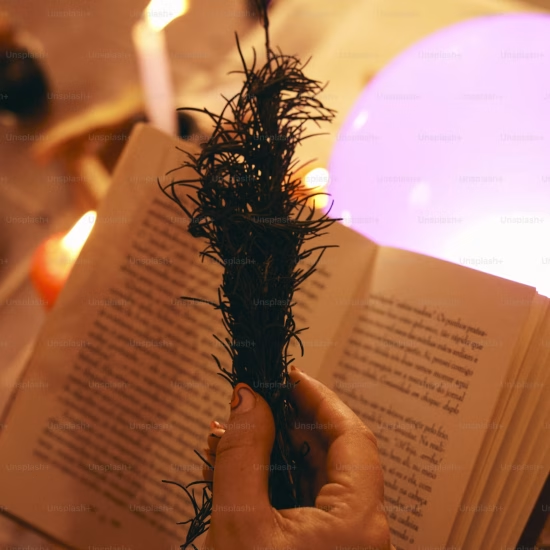
Think about some of the more difficult or challenging subjects that you and your students will encounter this school year. Maybe it’s a difficult concept in a text or in the curriculum, or perhaps a topic that elicits strong, conflicting perspectives from students. Of course, we know that every day, the world also presents opportunities to have hard but important conversations, especially on those “days after” when our students bring their fears, anxieties, and the heaviness of things like violence, political turmoil, or social and racial injustice in the classroom.
Over the years, I’ve had many difficult days in the classroom like these. When you think back to your own difficult days, what were the things that helped you and your students through those days? What shared understandings, relationships, and skills helped students navigate times that were harder than others?
Regardless of whether we’re teaching our students content or skills, we’re also teaching them what it’s like to be in a community together, to be valued, to have a voice, to be a part of something bigger than themselves. In every discussion, every turn and talk, we teach kids how to listen, learn, and care for each other even if we don’t always agree, maybe especially so. Creating and holding the open, critical space for learning our students need doesn’t happen by accident. Experienced teachers know that every move we make, however small, helps to build the community we need to create inclusive, brave spaces for all students.
And all this starts on Day 1.
As we start another school year, here are a few things to keep in mind as we intentionally build the type of community we’ll need for both the joyous days and difficult ones ahead.
Make space for small talk, every single day. Small talk matters. Invite students to share something small each day. That “small” thing could be related to the content—for example, one word to describe their reaction to a poem or video prompt—or not related to content at all, such as asking students to choose an image that best captures their mood that day. Consistent, lower-risk opportunities to share provide the practice for how to talk, listen, and learn from one another. These brief, daily opportunities for talk help to build the conversational muscle and sense of community we might need for the harder days.
Establish flexible routines and rituals. At the start of the school year, one of the first things I invite students to do is a “scavenger hunt” of the classroom space. Working with a partner, students move through the classroom using a guided checklist of things to look for and do, which includes to find where extra pencils are, browse the classroom library, locate the homework area, and so on. Routines and rituals provide a sense of clarity and consistency. Between social media, the news, and even their own bodies, so much of young people’s lives change. Making the classroom space one that offers consistency can be an act of care during these times. Consider what routines or protocols for conversation you can introduce and practice in September that you can return to throughout the year.
Integrate community building and strong academic content. Rather than taking time out of the curriculum to “do” community building activities, reflect on how you might build community while building academic skills. For example, you might use strong mentor texts to invite students to think critically about how they’d define important concepts like community, voice, character, identity, and others. Two texts that I have successfully used are Clint Smith’s TED Talk, “The Danger of Silence,” and Margaret Wheatley’s essay, “Willingness to be Disturbed.” We practice close reading skills, sharing and analyzing lines that are powerful and why, but also consider what guidance each of these texts offers for how we might be in community together in the classroom.
Invite students to introduce (or re-introduce) themselves to each other. I am a firm believer that identity is complex, nuanced, and dynamic, and as such, each student should have the right and agency to grow and change as they become the best versions of themselves. Unfortunately, too often students end up carrying the negative stories from a previous school year with them. Instead, we can focus on students’ strengths and assets and find ways to have them share those strengths and assets with each other. The beginning of the school year is an opportune time to offer each student a “reset” button. One writing prompt I offer students each year is to reflect on who they were at different moments in their lives—for example, something as simple as “When I was 3, I used to… When I was 6, I used to…” and so on. They might reflect on their changing habits, passions, even personality traits. This simple but powerful invitation encourages students to see how much they’ve changed, grown, and can still continue to change and grow as they get older.
We tend to think of community-building exercises as fun, get-to-know-you icebreakers we might do for a few days at the beginning of each school year before we dive into “content.” To be honest, this was my approach for many years.
Instead, community building is something we do every day: every class period is an opportunity to strengthen the trust, respect, and care we have for students and for each other.
For more inspiring guidance on creating brave classroom communities and fostering antibias literacy instruction, see Tricia Ebarvia’s book Get Free: Antibias Literacy Instruction for Stronger Readers, Writers, and Thinkers.






